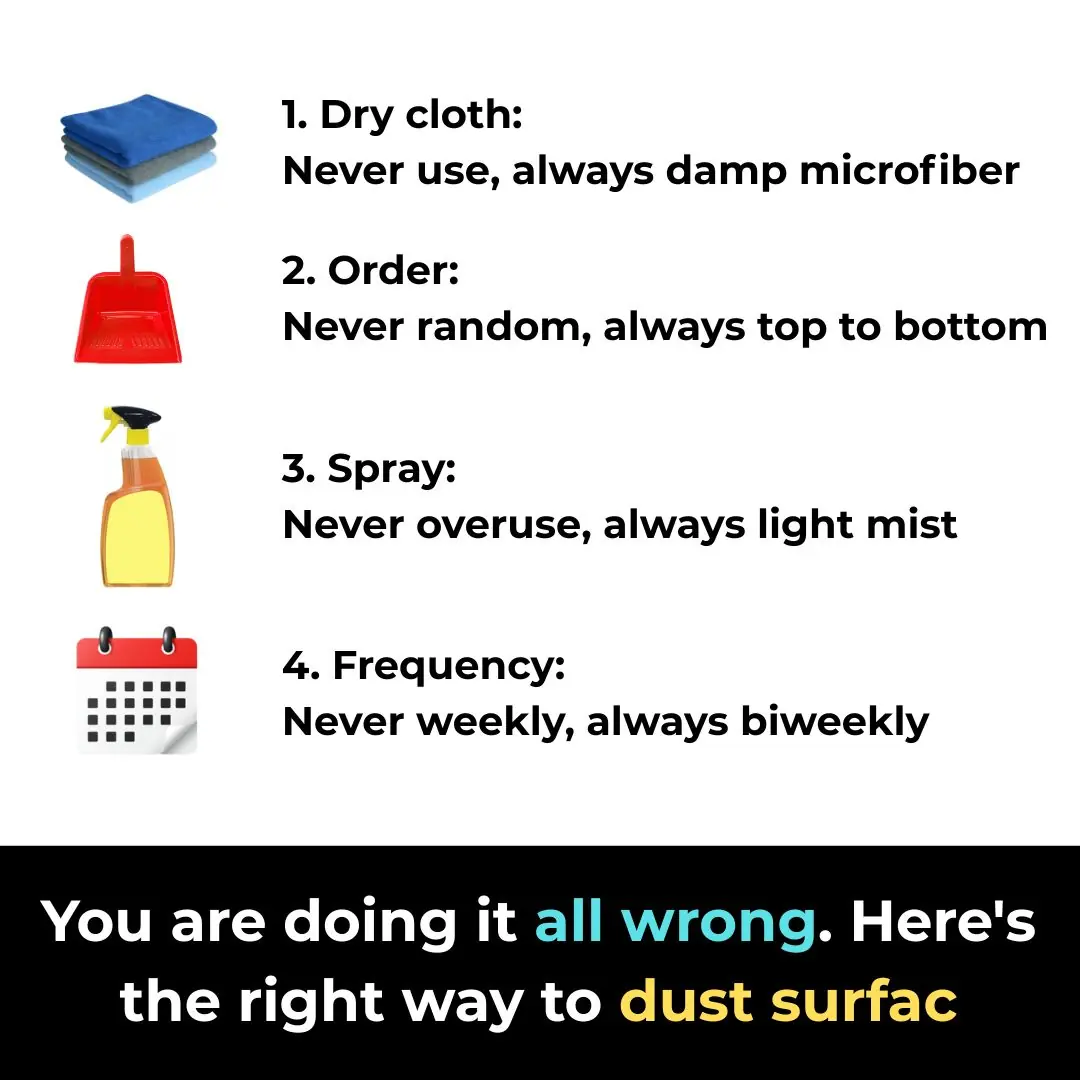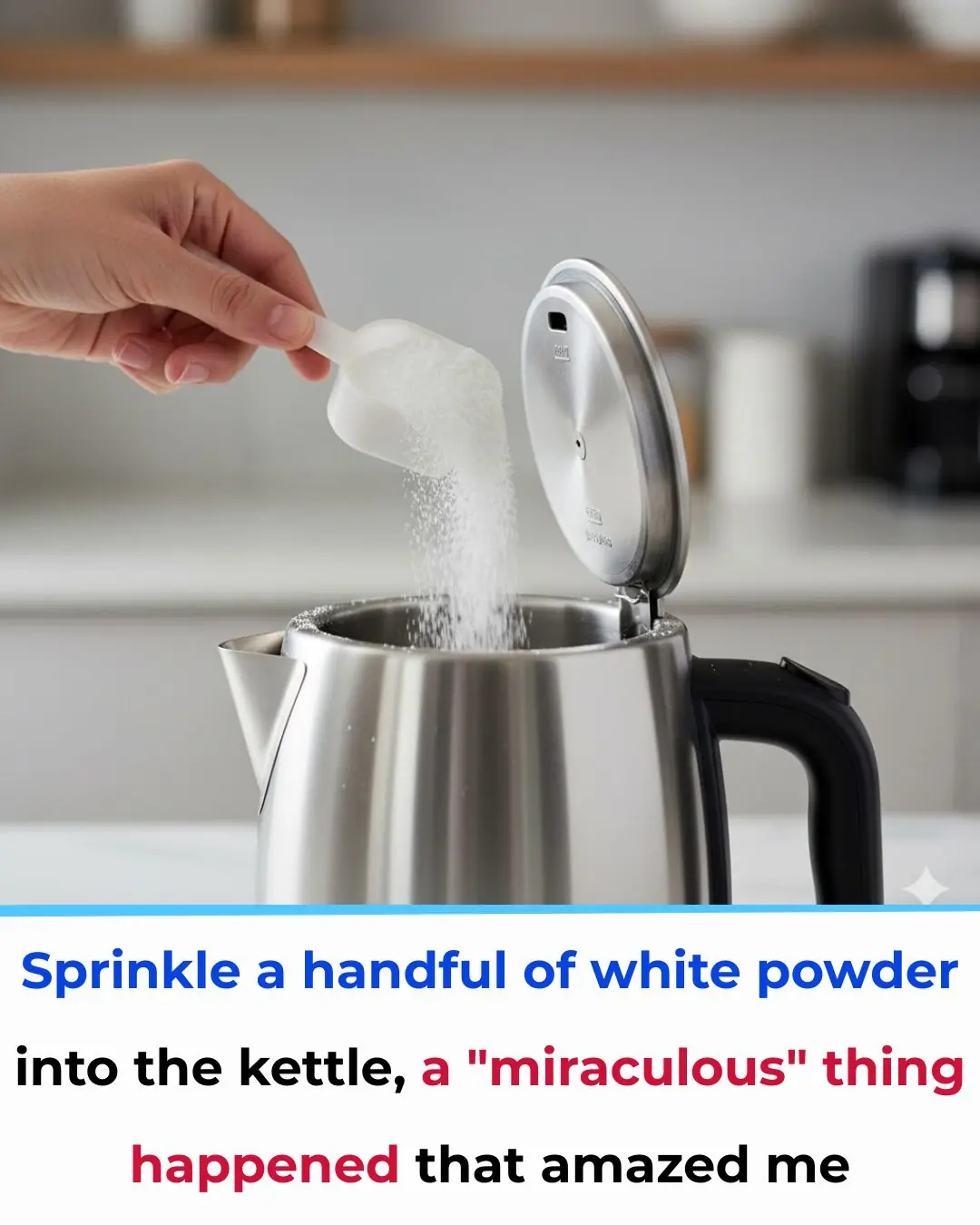
You are doing it all wrong. Here's the right way to store bedding
When it comes to storing bedding, many of us are guilty of simply tossing sheets, blankets, and pillows into a closet without much thought. This careless approach not only leads to clutter but can also damage your bedding over time. Learning the proper way to store bedding can save space, preserve fabric quality, and extend the life of your linens, ensuring they remain soft, clean, and ready for a comfortable night’s sleep.
In this guide, we’ll cover common mistakes in bedding storage and provide expert advice on how to keep your linens in top condition. From the best ways to store sheets and blankets to tips for keeping pillows fresh and fluffy, you’ll discover practical strategies for maintaining a neat and organized linen closet.
1. Common Problems with Bedding Storage
Many people store their bedding in ways that can cause long-term damage. For instance, tightly folding sheets or blankets can create permanent creases and weaken the fabric fibers. Storing bedding in damp or poorly ventilated spaces can also lead to mold, mildew, or unpleasant odors.
Improper storage can make it difficult to find what you need when you need it. Haphazardly stacked bedding can lead to frustration, wasted time, and even damaged linens, particularly in smaller homes or apartments where storage space is limited.
By addressing these common mistakes, you can protect your bedding and make your living space more organized and efficient.
2. Why Proper Bedding Storage Matters
Proper bedding storage is crucial for maintaining the quality and longevity of your linens. Well-stored bedding not only looks better but also feels more comfortable. Avoiding unnecessary creases and preserving the integrity of fabrics ensures your bedding continues to provide the best sleep experience possible.
Additionally, efficient storage maximizes your space. Organizing your linens thoughtfully frees up room for other essentials, making it especially important for smaller living areas. Maintaining clean, well-kept bedding also contributes to a more aesthetically pleasing and stress-free home environment.
3. Storing Sheets: The Inside-the-Pillowcase Method
One of the most effective ways to store sheets is the inside-the-pillowcase method. Start by folding your fitted sheet, top sheet, and one pillowcase, then tuck the set neatly inside a second pillowcase. This method keeps each set together, making it easy to find matching sheets when it’s time to change the bed.
This technique saves space, prevents sheets from becoming jumbled with other linens, and creates a visually tidy linen closet. You can also label pillowcases or sheets by size or season to make organization even easier.
4. Why You Should Avoid Plastic Bins for Blankets
While plastic bins may seem convenient, they can do more harm than good. Plastic containers trap moisture, which increases the risk of mold and mildew, particularly if blankets aren’t completely dry before storage.
Plastic bins also restrict airflow, which is essential for keeping fabrics fresh. Over time, blankets stored in plastic can develop a musty smell that is hard to remove.
5. Use Breathable Bags for Blankets
Breathable fabric bags are ideal for storing blankets. These bags allow air circulation, reducing moisture buildup and keeping blankets fresh. Choose bags made of natural fabrics like cotton or linen, which are more breathable than synthetic alternatives.
Ensure blankets are fully clean and dry before storing them. For extra freshness, consider adding lavender sachets or cedar blocks to deter pests and leave a pleasant scent. This simple step can help preserve the softness and quality of your blankets for years.
6. Avoid Compressing Pillows
Compressing pillows during storage can damage their shape and reduce their support. Pillows are designed to support your head and neck, and stacking heavy items on them can cause flattening or deformities.
To maintain pillow integrity, store them in spaces where they can retain their natural shape. Avoid tightly packing them into bins or closets, and never place heavy objects on top. Properly stored pillows will last longer and provide better comfort over time.
7. Keep Pillows Fluffed and Fresh
Regularly fluffing your pillows helps them retain shape and comfort. Shake and knead the filling to redistribute it evenly. In addition, wash pillows according to the manufacturer’s instructions every few months. This keeps them clean, fresh, and free of allergens. Always ensure pillows are completely dry before returning them to storage to prevent mold and mildew.
8. Rotate Your Bedding Seasonally
Rotating bedding according to the seasons is a smart way to prolong its life. During warmer months, store heavy blankets and comforters, and switch to lighter sheets and quilts.
Seasonal rotation also allows you to inspect linens for wear or damage. Catching minor issues early, such as frayed edges or small stains, prevents bigger problems down the line. This proactive approach keeps your bedding in the best possible condition year-round.
9. Organize Your Linen Closet Efficiently
A well-organized linen closet can make a huge difference in bedding storage. Start by categorizing linens by type and size. Use labeled shelves, baskets, or bins to keep similar items together, such as sheet sets or pillowcases.
Shelf dividers and storage bins help maximize space and maintain order. Knowing exactly where each item is located saves time, reduces frustration, and ensures you always have access to the linens you need.
10. Leverage Vertical Space
Maximizing vertical space is essential, especially in smaller homes. Adding extra shelves or stacking lightweight baskets allows you to use the full height of your closet.
When stacking items, place heavier linens on lower shelves and lighter ones above to prevent crushing delicate fabrics. This strategy lets you store more items without cluttering your space and keeps your linens in good condition.
11. Popular Bedding Storage Hacks
Social media has introduced several clever bedding storage hacks. Rolling sheets instead of folding can save space and reduce wrinkles, while vacuum-sealed bags are often used to store out-of-season linens.
While these hacks can be effective, it’s important to consider their impact on fabric quality. For example, vacuum-sealing pillows can compress them excessively, reducing their support and comfort. Always weigh the benefits and potential drawbacks before adopting a new storage hack.
12. Extra Tips for Long-Lasting Bedding
-
Keep linens clean before storage: Always wash sheets, pillowcases, and blankets before storing them to prevent stains and odors from setting.
-
Avoid direct sunlight: Sunlight can fade fabrics over time, so store bedding in a cool, dark place.
-
Use natural deodorizers: Cedar blocks, lavender sachets, or dried herbs keep linens smelling fresh and deter pests naturally.
-
Label storage containers: Clearly labeled boxes or bags make seasonal rotation and retrieval easier.
By implementing these strategies, you’ll ensure your bedding stays clean, organized, and in excellent condition, providing years of comfort and convenience.
News in the same category


You are doing it all wrong. Here's how to drink 8 glasses of water each day

My nana taught me this hack to defrost icy freezers in 5 mins with 0 work. Here’s how it works

You are doing it all wrong. Here's the right way to clean hardwood floors Georgia Lynn Contributing Writer

My nana taught me this hack to deodorize trash cans in 2 mins with 0 work. Here’s how it works

You are doing it all wrong. Here's the right way to do laundry

You are doing it all wrong. Here's the right way to dust surfaces

Whoa, had no clue about this!

My nana sure was a clever woman!

You are doing it all wrong. Here's the right way to store spices

Vinegar is the key to streak-free windows and shiny surfaces, but most use it wrong. Here's the right way to use it

Don't hesitate to eat jackfruit seeds, 10 amazing benefits recognized by customers: Relieves constipation, enriches the blood, prevents cancer

How to wash and condition your hair with beer to reduce hair loss and continuously stimulate new hair growth

How to grow lemon in pots to produce abundant fruit all year round, more than the whole family can eat

Cooking sticky rice by just adding water isn’t enough: Follow this method and your sticky rice will be soft and chewy, cutting the cooking time in half.

Japanese doctor loses 21kg and cures fatty liver just by replacing rice with eggs – a secret anyone can follow

5 ways to quickly and cleanly sweep away cobwebs, preventing them from coming back

How to store grapefruit for Tet without wilting or rotting, grapefruit is very sweet when in water

Tips to make boiled banh chung cook quickly and stay green naturally
News Post

Sprinkle a Handful of White Powder into Your Kettle—The “Magical” Result Will Astonish You

Don’t Wash New Clothes with Soap—Soak Them in This Instead, and They’ll Keep Their Color for 5 Years

Here’s What Really Happens To Your Body If You Drink Diet Soda

Roselle: The Scarlet Herbal Treasure with Powerful Health Benefits

Clove-Infused Honey Power: A Natural Wellness Booster You Can Make at Home

Best DIY to regrow new hair on your bald patch

Natural Hair Darkening with Coffee and Cornstarch: A DIY Treatment for Grey Hair and Healthy Scalp

DIY Botox With Vaseline: A Natural Anti-Aging Remedy for Wrinkles, Fine Lines, and Age Spots

CCF Tea to Burn Belly Fat

Best Bridal Ubtan & Face Packs

DIY Clove Oil for Skin Tightening: A Natural Anti-Aging Remedy for Wrinkles and Fine Lines

Turmeric Eye Mask for Dark Circles: A Natural Remedy for Brighter, Youthful Eyes

Rice Water for Skin | DIY Toner Benefits to Remove Dark Spots & Shrink Large Pores

Best Anti-Ageing Cream with Vaseline and Tomato

Collagen-Boosting Herbal Tea Recipe: Natural Anti-Aging Drink for Youthful, Glowing Skin

Golden Recipe to Boost Hair Growth Naturally: This Powerful Herb-Infused Hair Oil Can Stimulate Hair Growth and Prevent Hair Loss

Japanese Secret Face Wash – 7 Days Challenge For Brighter Skin

You are doing it all wrong. Here's how to drink 8 glasses of water each day
